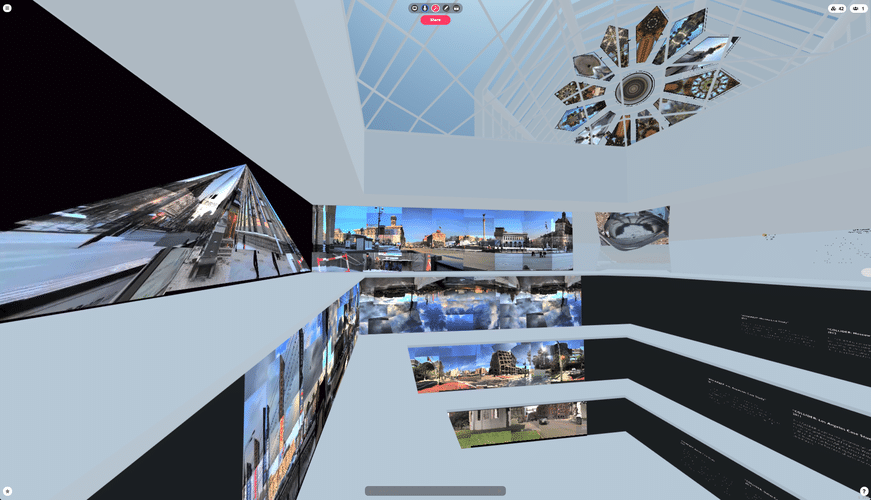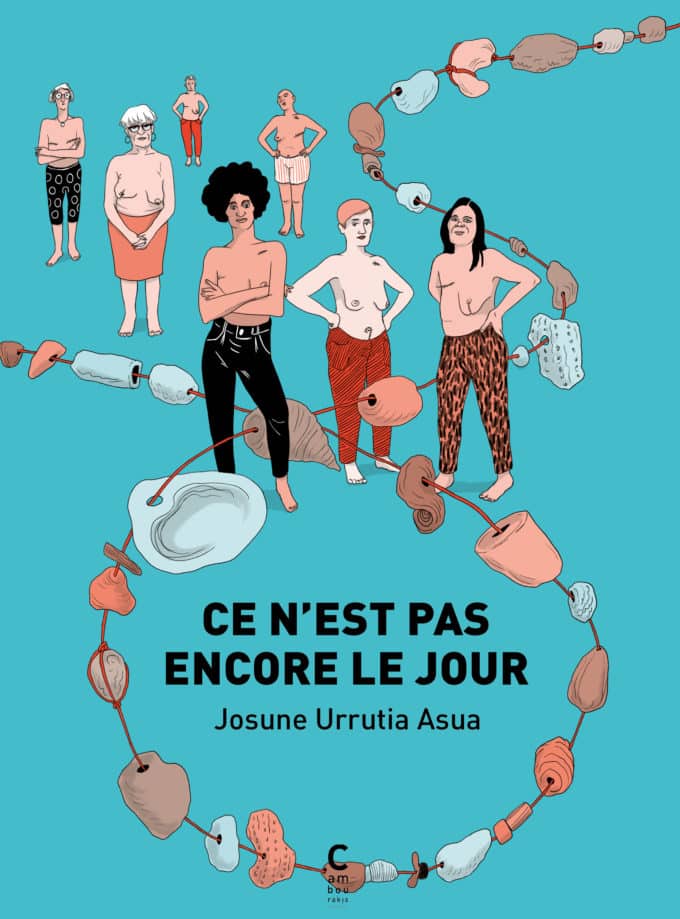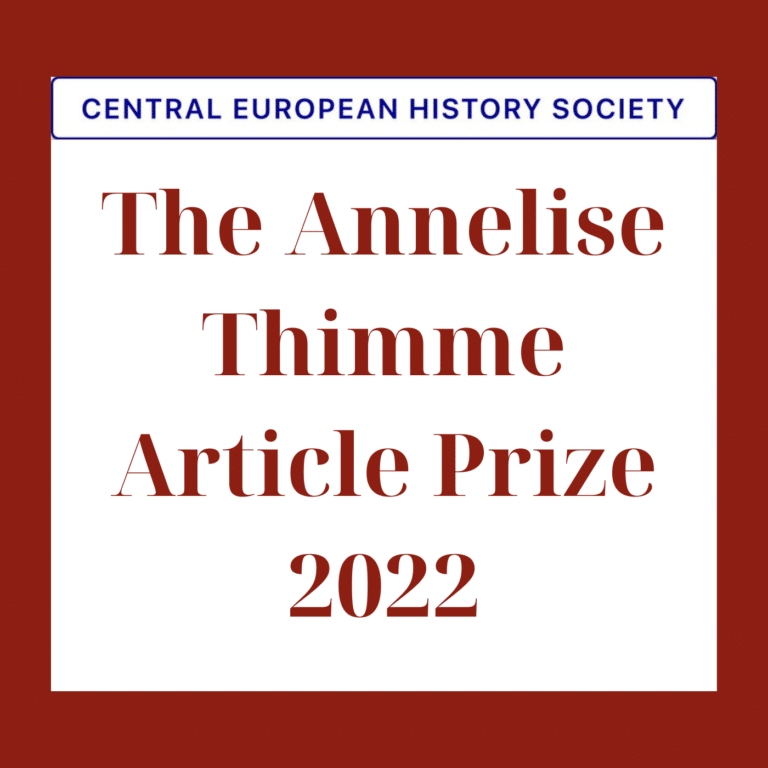Oksana Chepelyk’s VR COLLIDER project, resident artist at Iméra (A*Midex / FIAS), has received the 2022 Ars Electronica Prize.
Ars Electronica
The winners of the 2022 Ars Electronica Prize
With 2,338 submitted projects from 88 countries, the 2022 Ars Electronica Prize once again presents itself as a nerve center in the global network of media art. Each winner receives a financial reward for the “Golden Nicas” awarded each year since 1987 by an international jury, as well as a prominent appearance at the Ars Electronica festival.
A brief history of Ars Electronica
Since 1979, the Ars Electronica festival has been held annually. Over 1,000 artists, scientists, developers, designers, entrepreneurs, and activists gather in Linz, Austria, to address the central questions of our future. For five days, everything revolves around innovative ideas and grand visions, unusual prototypes and innovative collaborations, inspiring art and revolutionary research, extraordinary performances and irritating interventions, touching sounds and captivating concerts.
Since 1987, the Ars Electronica Prize has rewarded extraordinary talent each year. With several competition categories, the prize seeks innovative projects that revolve around questions of our digital society and repeat the innovative use of technologies, promising collaboration strategies, and new forms of artistic expression. The best submissions receive a Golden Nica, considered by the world media art scene as the most traditional and prestigious award ever presented.
In 2022, in parallel with the Ars Electronica Prize, another competition was also launched: in collaboration with the Austrian Ministry of Foreign Affairs, the “Ars Electronica Prize for Digital Humanity.”

About VR COLLIDER
VR COLLIDER works with time, public space, and history. It examines the iconic places of 20th-21st century political history through the idea of collisions. It deals with events in public spaces that influenced subsequent historical development. A virtual environment built as a platform system: Pyramid, Collider, Double Moebius & Prypiat Room, which fly over the planet Earth and capture the vibrations of space-time, presented by video panoramas, which are shot with acceleration in an art collider, activating a mechanism of audiovisual jumps, where some fragments can be replaced by archival videos followed by visual transmutations. It is a visual narrative about political hot spots. VR COLLIDER, working with the events that shaped our world, poses the question: is a person a particle in the system of accelerators of global forces, or the energy of interaction that explores new values, new forms of thinking and new modes of existence in the world, insisting that another world is possible?
The winner Oksana Chepelyk
Under the title “Analytical Instruments for Audiovisual Translation of Metabolomics,” merging genotype and environment with regard to climate change, Oksana Chepelyk will pursue eco-art and science-art projects during her A*Midex / FIAS research residency at Iméra as part of a broad experimentation at the intersection of research and artistic practice, such as data-driven motion imagery, sonification, live cinema, and data visualization in spatial structure, and modeling. This work stems from Oksana Chepelyk’s previous research residency at Iméra.



